While in the 80s and 90s the popularity of jockstrap among athletes was in decline, this practical underwear has taken an unexpected turn towards fashion! Many men realized that a jockstrap could be used the same way as a pushup bra in order to lift up and accentuate their bulge and hence to increase their ‘masculine’ sex appeal. In this context, it should not come as a surprise that global brands like Calvin Klein and Diesel have adopted the aesthetics of the jockstrap. However, jockstraps have already been popular among gay men since the 50s when gay fashion and covert gay magazines like Physique Pictorial put forward a more masculine and athletic style as the ideal gay male body.
Since then, they have become a widely and wildly popular piece of underwear to the point of fetishism by being worn both by tops to emphasize their packages and by bottoms to show off their butts. One can see jockstraps everywhere: from Grindr to OnlyFans, a jockstrap is a sign of sexual availability, phallic prowess, old-time masculinity, and bottom empowerment, a site of irresolvable contradictions. Just bring in mind the so-called ‘Jockstraps Nights’, events organized by gay bars or clubs in major gay capitals around the world like London, San Francisco, and Berlin, where the patrons are required to wear nothing but their jockstraps!





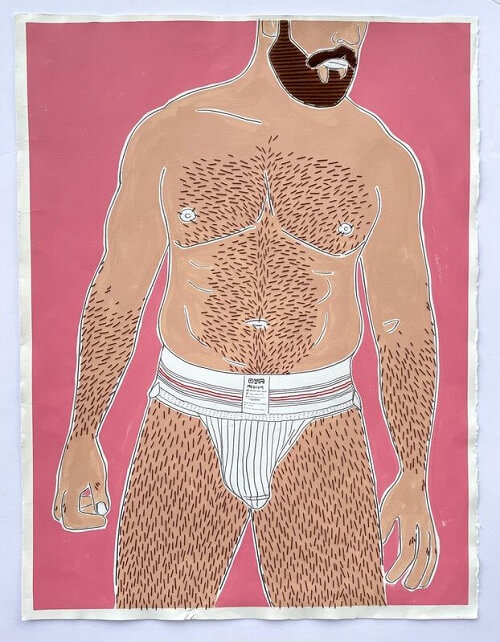
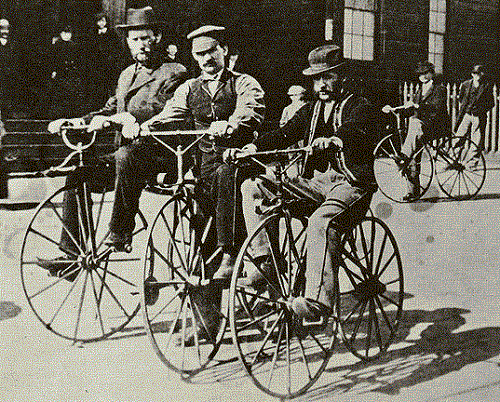
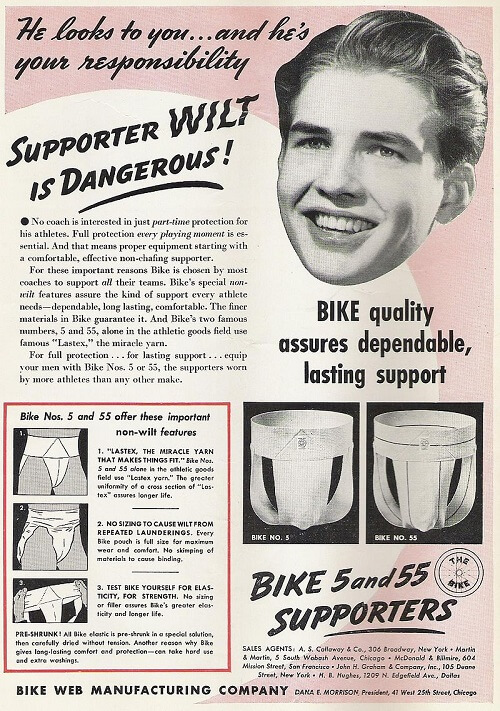
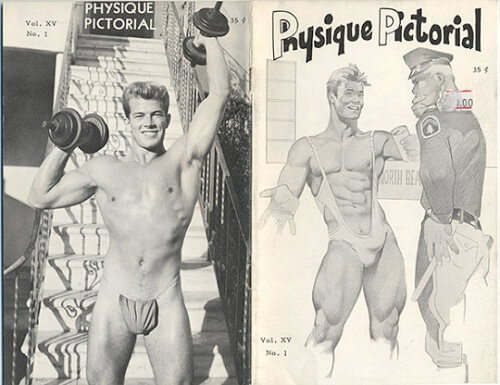
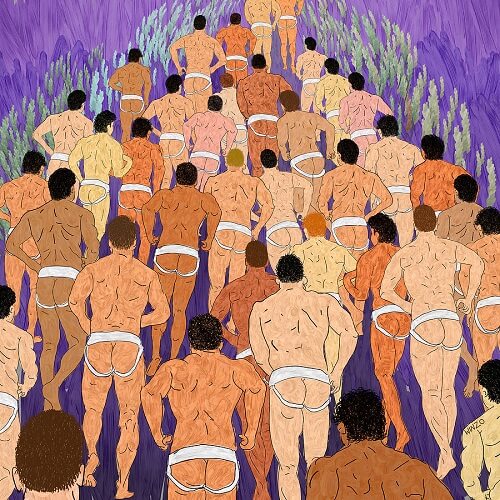
.jpg)
.jpg)

 Login
Login